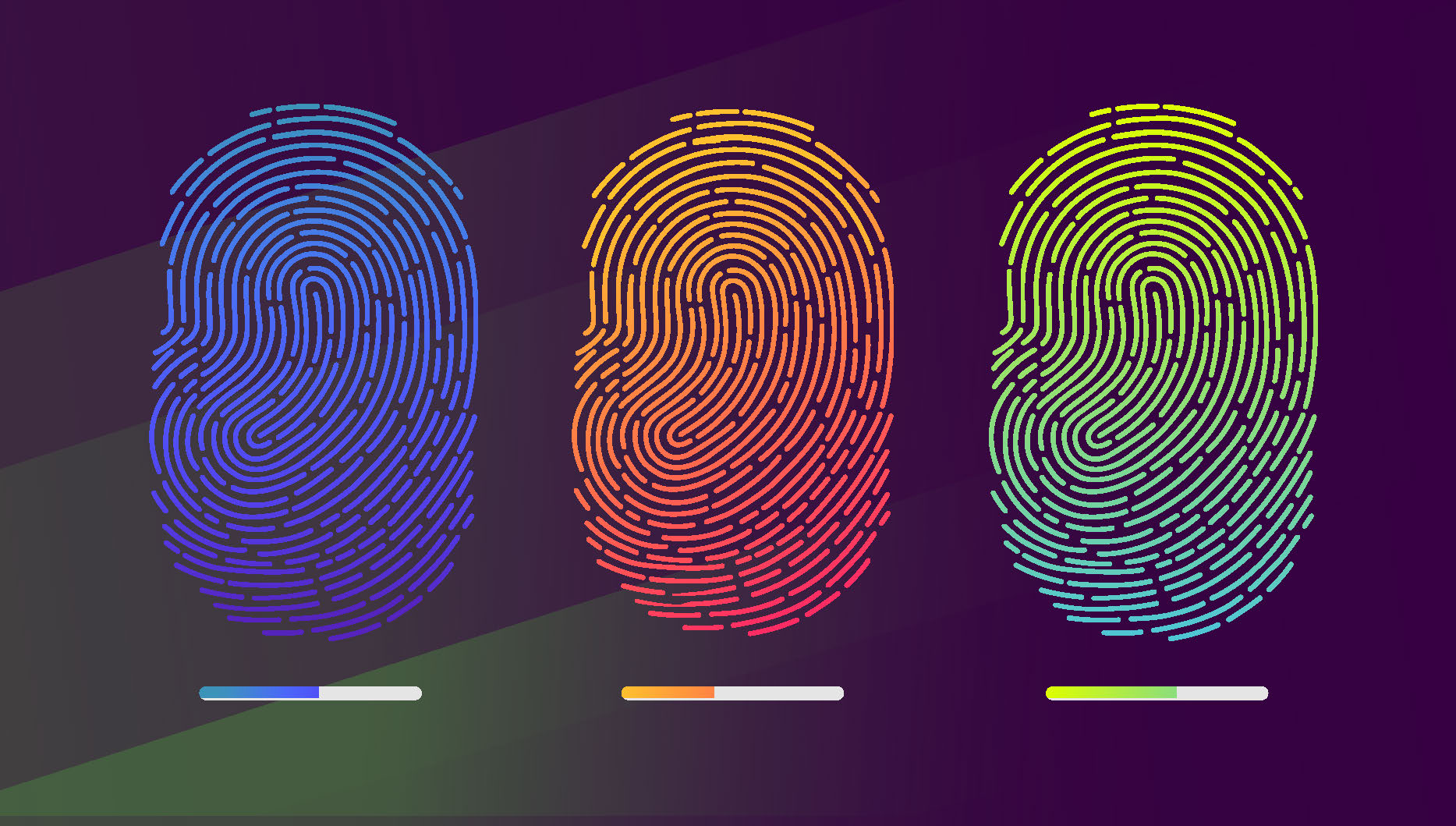Policing Careers and Technology: How New Technology Is Changing the Policing Profession

The world of law enforcement is very different than it was 20 or even 10 years ago. New digital technologies are transforming the world of policing, allowing agencies to prevent crimes more effectively and solve crimes faster. Now, the unimaginable is reality; from drones in the sky to computers in our glasses, technological advancements are everywhere. Here are just a few of the new technologies that are helping police do their jobs more effectively and efficiently.
- You may be aware of cases being solved and crimes being thwarted because of what someone posted on social media. Facebook, Twitter, Reddit, Instagram, and other platforms can be used to gather intelligence, locate suspects, find crucial clues, and get the word out about cases to the public. A 2013 report from The Police Executive Research Forum indicates 80 percent of police departments used social media regularly for investigations and the associated official regarded social media investigations as “critically important to the future.”
- Augmented reality is an interactive experience wherein technological information and virtual objects are overlaid onto real-world scenes in real-time. One great example of this technology is Google Glasses or HoloLens glasses. By using these types of glasses, a foot patrol officer can get information on homes and business he or she passes, and special face recognition software can analyze people he/she passes to compare to BOLO descriptions or those with outstanding warrants. In an October 2017 news report, the multimedia company VRScout reported on HoloLens, describing how it can be used to map out crime scene layouts and evidence and immediately share them with others, allowing for better workflow and collaboration. The company cited Nick Lyall, superintendent of the Bedfordshire (United Kingdom) police, who said, “As a detective, I can also say that its ability to scan crime scenes and create a mapped 3D version will allow for a reduction in cross-contamination issues and allow for investigators to visualize in real time the scenes of major crime.”
- According to the Department of Homeland Security, biometrics are unique physical characteristics, such as fingerprints, that can be used for automated recognition. Officers may soon have small handheld devices to take accurate fingerprints, DNA samples, or other biological markers at the scene of a crime, or from suspects in the field, to compare to fingerprints in the system. The databases and technology continue to improve the collection and accuracy of the samples. The FBI maintains the largest database of biometric and criminal history information in the Next Generation Identification (NGI) system. The FBI is also working on new technology in facial services, voice recognition, palm print technology, and iris scans.
- Allied Market Research defines situational awareness systems as security systems that help in collecting, visualizing, and analyzing information related to the surrounding and remote environment to facilitate surveillance as well as security. These systems also help in threat identification, assessment, strategy planning, risk analysis, and course-of-action development, and as a result find maximum application in the military and aerospace industries. Currently in use in New York City, the Domain Awareness System (DAS) uses data from a number of outside hosts and sources to provide instant access to photos and video. Jointly built by the NYPD and Microsoft, DAS uses the largest network of cameras, license plate readers, and sensors in the world. The system gives officers instant information about calls in progress, allowing officers a quick glimpse that helps guide an appropriate response to an ongoing situation. TDAS also contains a GPS system that is installed in over 5,000 police vehicles, designed to manage patrols and assist with police safety. The NYPD reports that DAS also gives officers in the field access to 911 data, alerts in real time, and translator apps to help with community members who do not speak English. On the management front, DAS allows commanding officers access to predictive analytics and data visualization so they can efficiently and effectively place patrols where and when they are most needed.
Technology is reshaping the world of police work. From the FBI to small-town police departments, law enforcement agencies are adopting new technologies, from the use of social media to drones to facial recognition software. When used properly, these advances can assist police officers in more effectively “protecting and serving” the public. Hear from alumni Kane Tomlin as he discusses his policing career and how technology influences it daily on Candid Careers.
Disclaimer: The views expressed here are solely those of the author(s) and do not necessarily represent or reflect the views of Excelsior College, its trustees, officers, or employees.


